Summoning the illusory nature of light and its diffusion, Estúdio Rain, a design practice based in Sao Paulo, Brazil, recently unveiled a series of lamp designs crafted using ethically sourced plant-based castor oil resin and characterised by a gossamer texture. Comprising wall lamps, table lamps, and floor lamps, made up of resin filters supported by aluminium braces, Ricino is the result of the studio’s interest in natural resins and the subsequent research that went into finding a natural moldable material resistant to drastic temperature variations. Developed by product designer Mariana Ramos and architect Ricardo Innecco of Estúdio Rain, the series of decorative lamps, on account of their translucence and faded orange shade, appear to have been chiselled out of blazing celestial bodies.
Outlining the experiments undertaken by the studio in order to develop the final material for the lamps, Ramos and Innecco shared, “Our research began in 2018 with Estúdio Rain’s growing interest in natural resins. We started with Breu, a sap extracted from the Almecega tree and widely used by native people in Latin America, which we explored for its aromatic nature.” The design studio utilised this material to build Totem, a series of cylindrical containers with resin plates. Although the Totem models, constructed with breu resin plates and anodized aluminum, appeared to be cohesive and well-structured, they proved ineffective due to thermal instability. “In the search for a material capable of resisting temperature variations, we started tests with other natural resins and came to the plant-based bicomponent polymer made from castor oil. Its thermal stability, allied to the aesthetic quality of its translucent amber colour, inspired a project to transform it into warm light filters,” Ramos and Innecco added.
Estúdio Rain, founded in 2015 by Mariana Ramos and Ricardo Innecco—designers who were born and studied in Brasilia—pivots on the founders’ shared interest in the investigation of different materials and production processes. The studio, which alternately functions as an office and exhibition space in the old industrial neighbourhood of Barra Funda i in São Paulo, Brazil, borrows influences from the evolving artistic culture in its surroundings.
Ramos and Innecco’s lives and experiences in Brasilia—around modernist and often scantily present urban and architectural infrastructure—informs the designer duo’s process of designing and building spatial interventions. Their curiosity, on the other hand, guides them in their smaller projects, most of which are experiments focused on discovering and developing apt materials and processes for desired needs. “Our practice comprehends products and projects that are guided by curiosity and experimentation. Our interest in the investigation of materials and production processes has always guided our work, often being the starting point for creations or a foundation for developing ideas,” the product designers explained. This has enabled the studio to build an atypical design language of their own, one where traditional modes and methods merge with digital productions, and where simplicity and thoroughness permeates all kinds of designs, regardless of their size and scale.
Ricino is one such project by the studio that, although achieved after an elaborate process of research and prototyping, presents the final designs in the most rudimentary forms. This enables the material to stand out as the dominant feature of the lamps. The plant-based castor polymer is both visually pleasing and stable against temperature variances. “The product is of Brazilian origin. It was developed at the Federal University of São Carlos in the 90s and is produced on the outskirts of the city of São Paulo by one of the developers. It has several possible applications, mainly in the construction field, where it is applied in layers as a varnish or waterproofing agent. Envisioning alternative applications for the material, we came to light diffusing filters that would generate an orange, ethereal and warm light,” the studio shared with STIR. The material, defined by its elasticity, physical-chemical stability, and the ability to adhere to porous materials enhances its usage as an alternative for petroleum derivatives.
Pondering on the steps taken before finalising the material for Ricino, the studio shared, “The project culminated in a research to more broadly understand the resin’s characteristics, behaviour and limits, with the goal of enabling the casting of large masses of the material. Its non-toxicity allowed for the tests to be carried out within Estúdio's space.” With several experiments conducted in the past few years—by alternating the variables such as the composition, the proportion of each entity, catalysts used, interferences in the catalysis process, the room temperature, mixing time, and more—the studio was able to craft a suitable prototype for their Ricino lamps.
The final designs of the lamps were developed using 3D modelling software, to calculate the precise volume and mass of the molds. The resin filters, when spread in different consistencies and thicknesses, enable the creation of colour gradients on the sheets, further enhancing each lamp’s unique appearance. Additionally, the irregular edges of the resin plates help communicate the process undertaken to cast them, stressing the liquid nature of the resin.
The scope for altering the characteristics of the resultant resin poses a way for future experiments that can pivot on developing materials of varying tactility, strength, elasticity, and colour. “Ricino inaugurated a new phase in which we intend to work more with new materials that come from renewable resources, that are environmentally friendly and non-toxic. There's much to be discovered and developed in this field, especially in Brazil, a country with an abundance of natural resources,” the designers explained, sharing their NEXT plans on building more objects and furniture with similar materials in the future.






 Sign in with email
Sign in with email


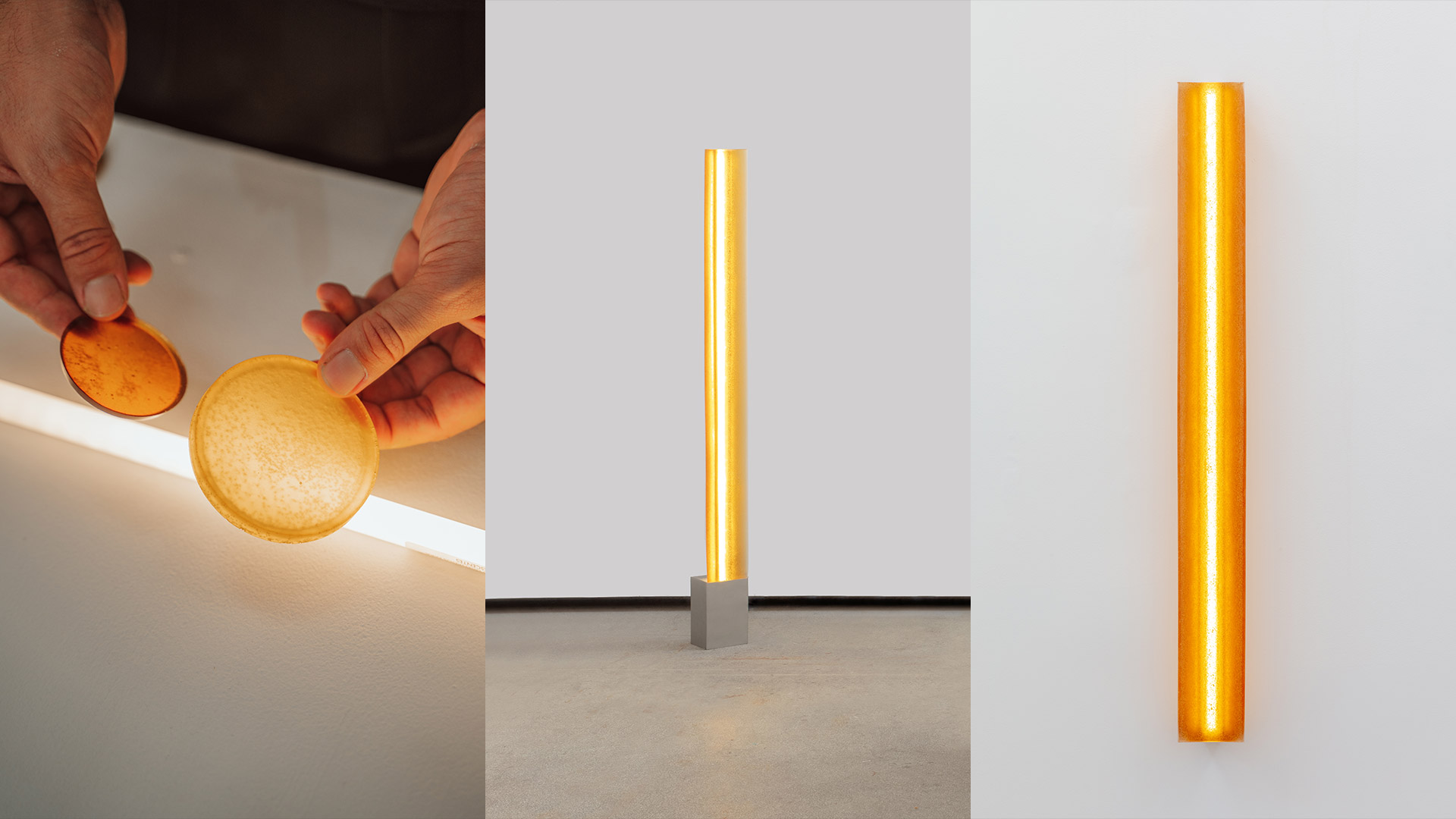
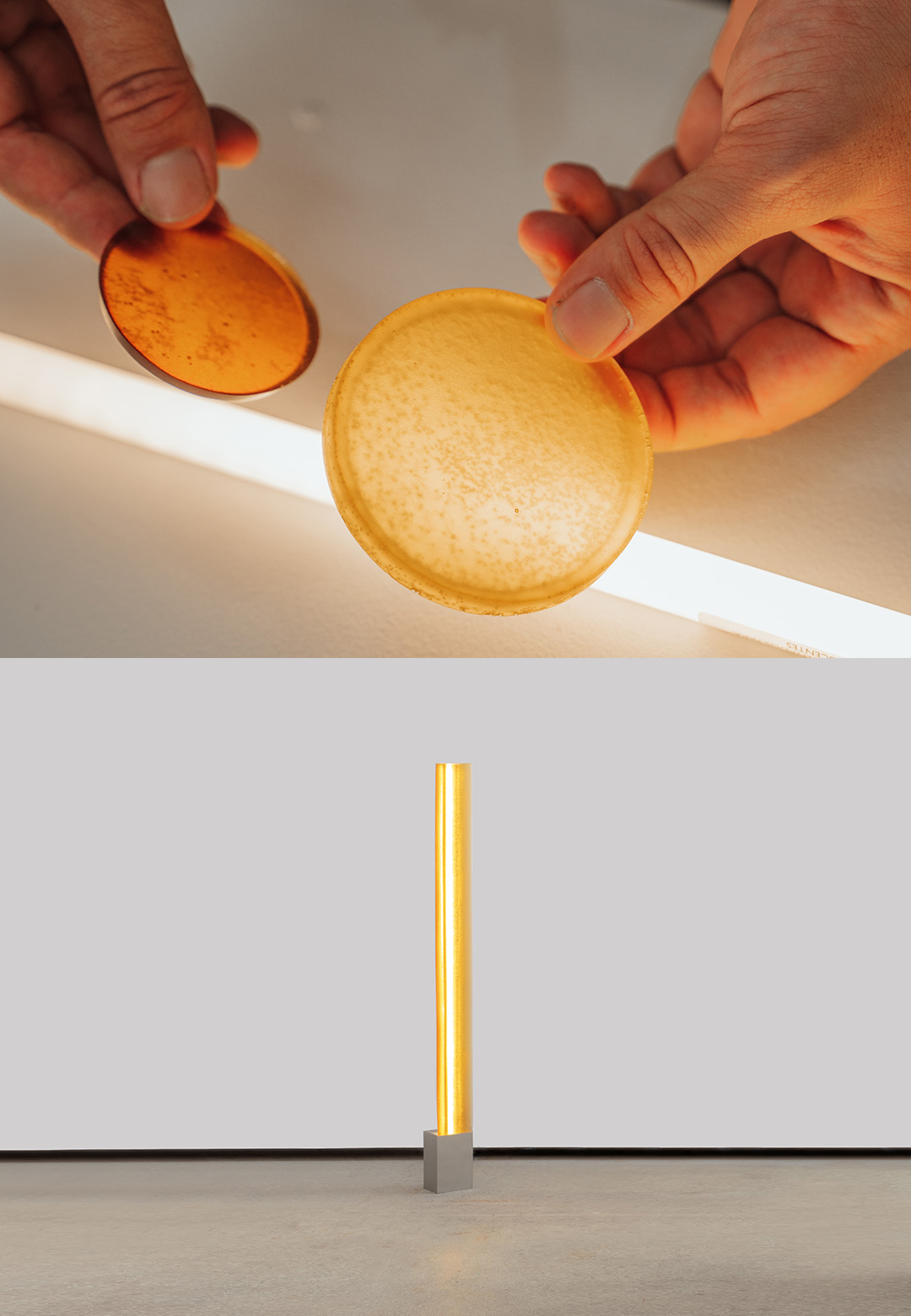
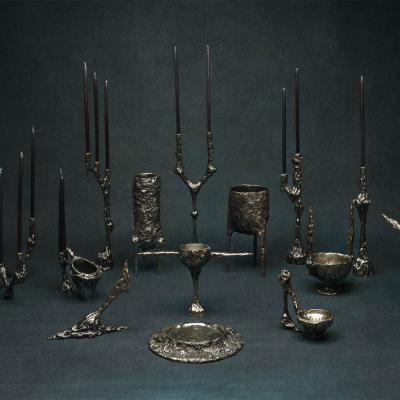
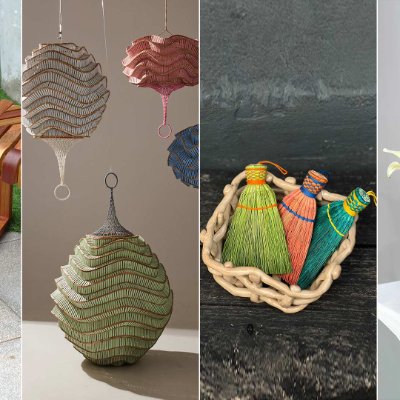
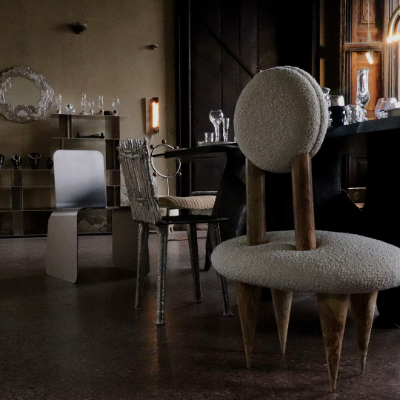
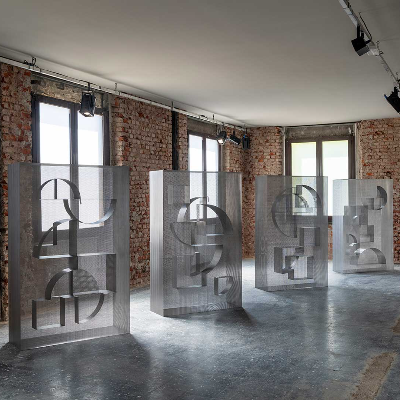
What do you think?